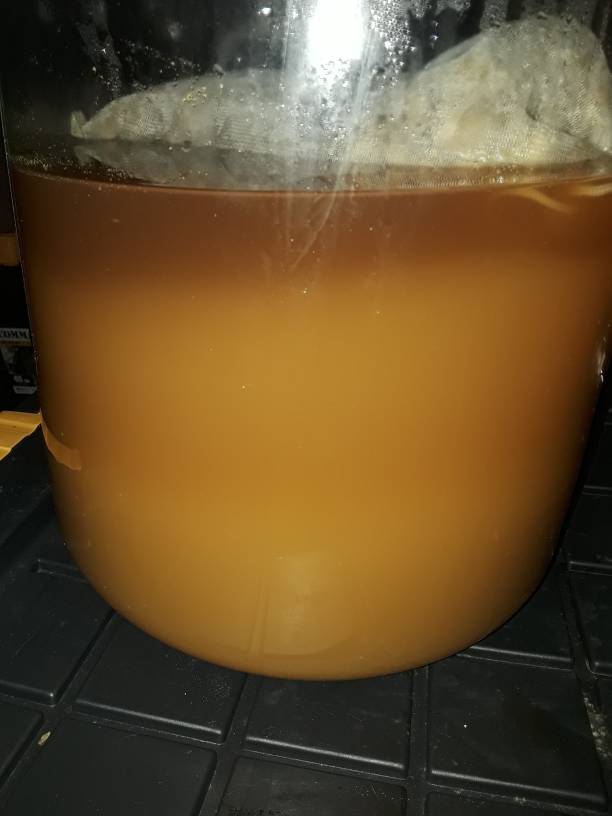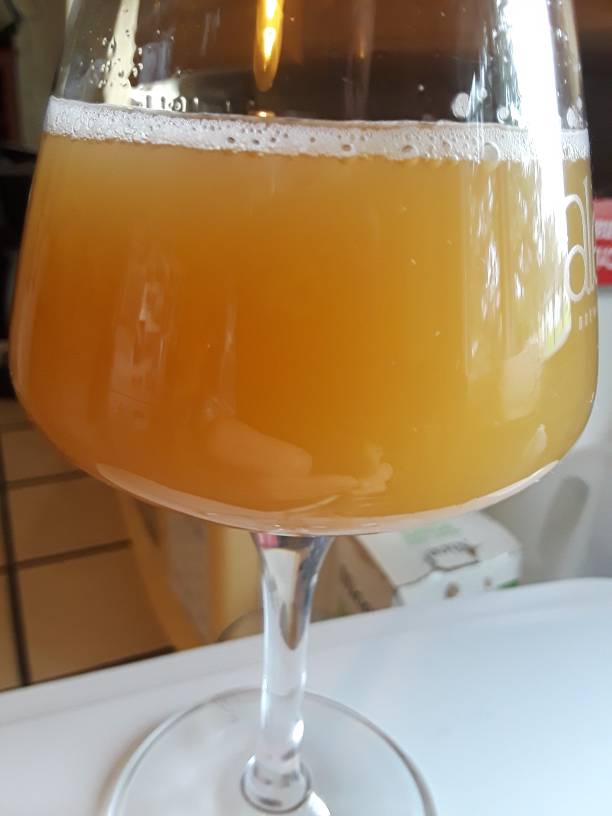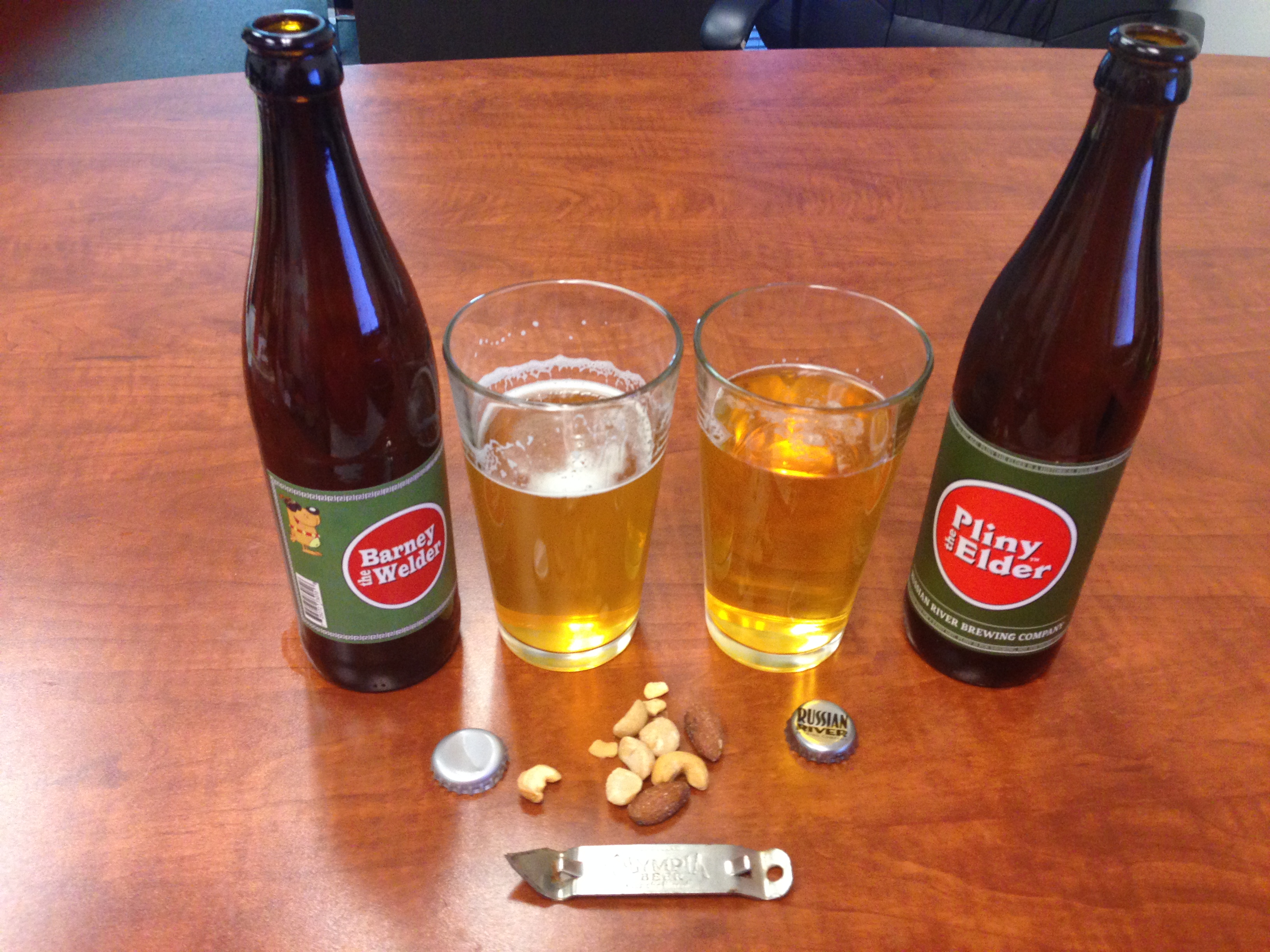Oregon_beer_guy
Member
- Joined
- Oct 9, 2018
- Messages
- 10
- Reaction score
- 9
I've only brewed 4 times, two of those times were an attempt at a hazy IPA. The first time my beer turned Brown after about 12 days fermenting.
This latest batch was looking and smelling great but 2 days after transferring to a secondary fermenter, the beer appears to be turning on me again. The guy at my homebrew store thought it might be because I left too much room in the top of my fermenter(a 7 gallon Fermonster). He says that there are acids in the kruasen that need to leave through a blowout tube so they don't settle back into the beer. I thought it might be because of exposure to oxygen during dry hopping and transfer. Thoughts?
The1st pic is after 10 days of fermentation. 2nd is after the transfer on the 13th day.


This latest batch was looking and smelling great but 2 days after transferring to a secondary fermenter, the beer appears to be turning on me again. The guy at my homebrew store thought it might be because I left too much room in the top of my fermenter(a 7 gallon Fermonster). He says that there are acids in the kruasen that need to leave through a blowout tube so they don't settle back into the beer. I thought it might be because of exposure to oxygen during dry hopping and transfer. Thoughts?
The1st pic is after 10 days of fermentation. 2nd is after the transfer on the 13th day.
















































![Craft A Brew - Safale S-04 Dry Yeast - Fermentis - English Ale Dry Yeast - For English and American Ales and Hard Apple Ciders - Ingredients for Home Brewing - Beer Making Supplies - [1 Pack]](https://m.media-amazon.com/images/I/41fVGNh6JfL._SL500_.jpg)













